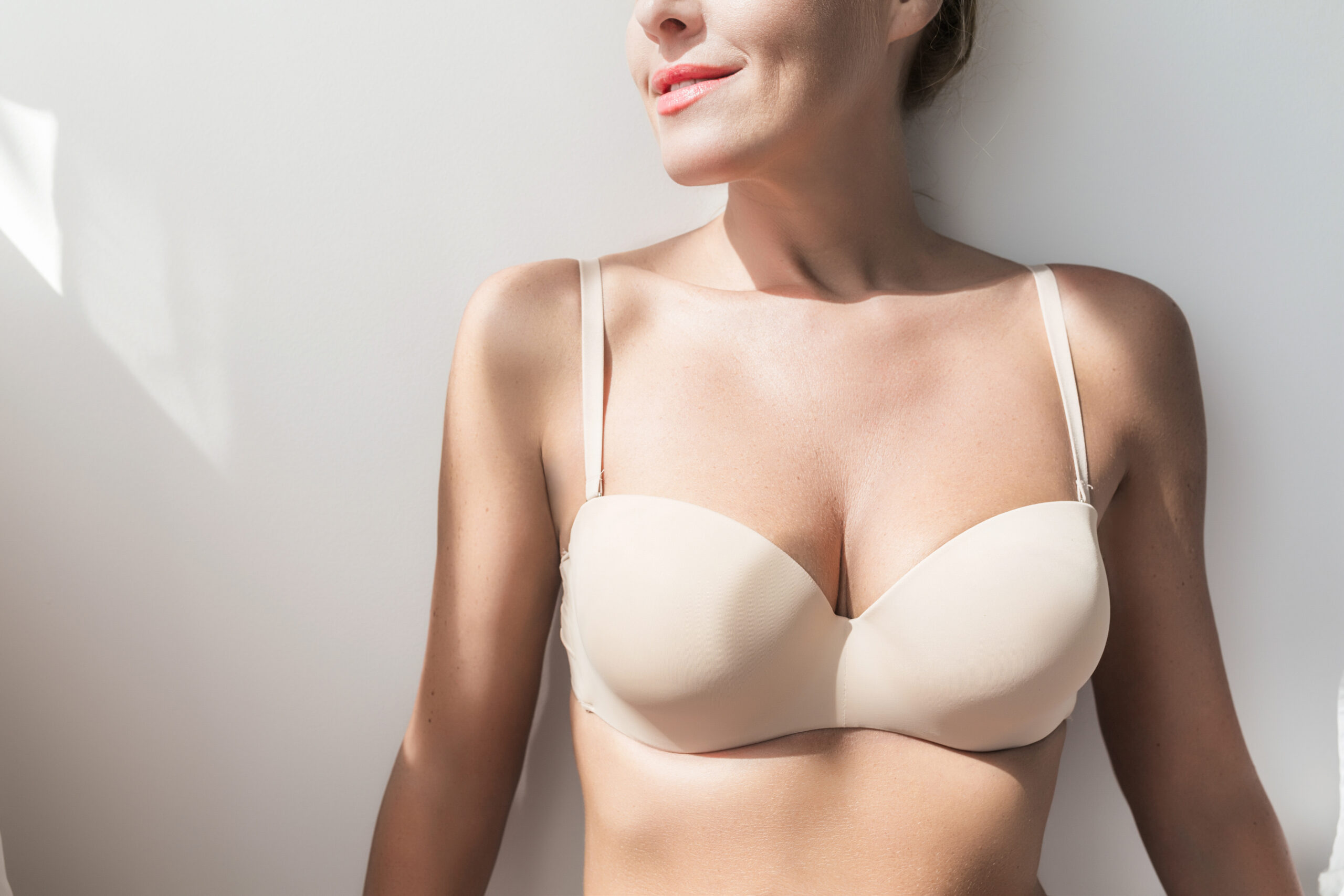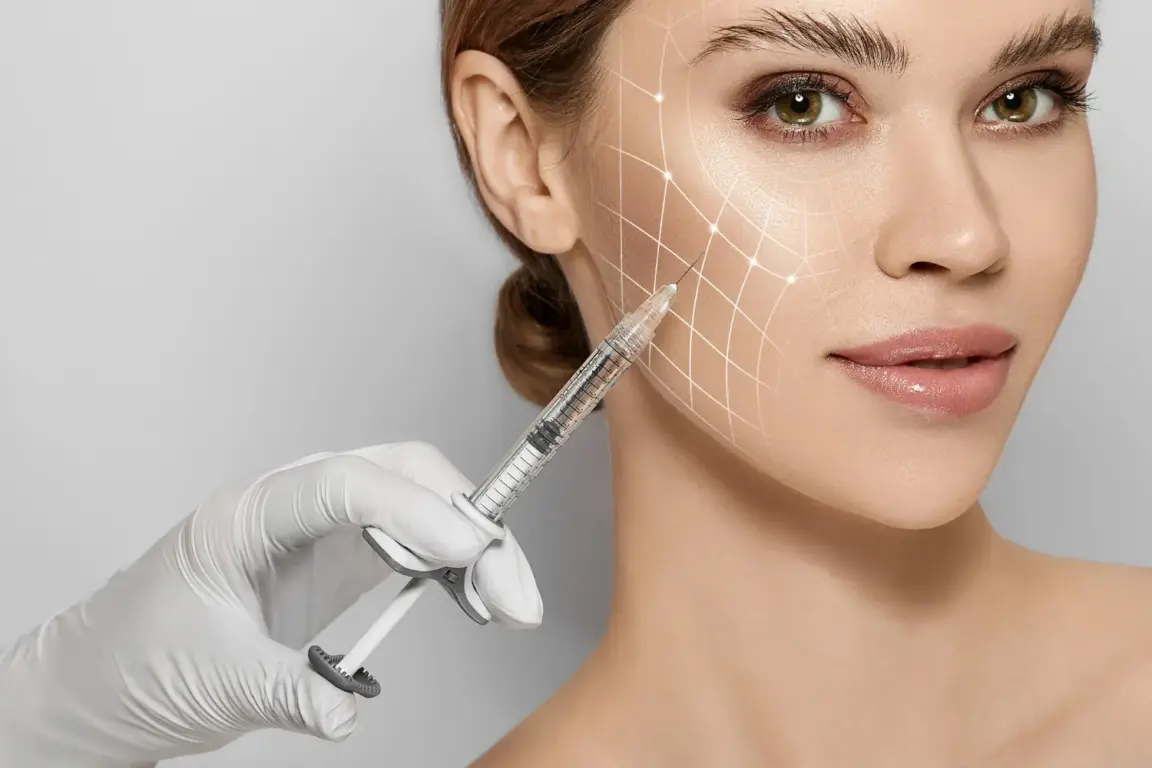Blepharoplasty
As we get older, bone and collagen are lost, and fat is redistributed. As a result, fat pads become more prominent above and below our eyelids leading to sagging brows, droopy upper lids, and bags under our eyes. Eyelid surgery, or blepharoplasty, is a procedure that will improve the appearance of eyelids by removing excess skin and fat. Severely sagging skin around the eyes may also affect vision. A blepharoplasty procedure can improve vision problems, making eyes appear younger and more alert.
Different Types of Eyelid Surgeries
Surgery for the eyelids can take place for the upper eyelids or lower eyelids, or for both at the same time. Below are different methods used for eyelid surgery.
Upper Eyelid Surgery. This procedure repairs upper eyelids using an incision generally made along the naturally occurring crease of the upper eyelid. An appropriate amount of tissue is removed, and the incision is closed using a very fine suture. Ultimately, this will give a tight, more lifted look to the upper eyelid.
Lower Eyelid Surgery. The most frequently used procedure for lower eyelid surgery is an incision along the lower edge of the lash line. Again, an appropriate amount of tissue is removed, with fat pads removed or repositioned as needed. This will result in a tightened appearance and improvement of undereye sagging. This is the approach most often used by Dr. Paulson.
The transconjunctival approach. It uses a subciliary incision made along the eyelashes of the lower eyelid. This is done to reduce the visibility of the procedural scars.
CO2 laser eyelid resurfacing. This does not involve the use of a scalpel or sutures. It is suited for mild sagging or laxity of the upper and lower eyelids. The laser resurfaces the skin, stimulating collagen and therefore, tightening the tissue. This is a nice approach if you are not quite to the point of needing surgery.
Benefits
Look younger and more alert. The most common reason for people to have eyelid surgery is to look younger. As we age, collagen production is also reduced, causing the skin to gradually lose its elasticity. A lack of elasticity plus the constant pull from gravity causes the skin to sag and droop. A blepharoplasty is an effective and reliable way to get rid of that excess skin and give your eyes a younger look.
Increased confidence. Eyes are one of the first things people notice. Having sagging skin around your eyes or drooping eyelids may make a person appear tired or older than they are. It may make social engagements and photos with loved ones something that is avoided instead of enjoyed as it should be. Having eyelid surgery can improve self-confidence and make social engagements more enjoyable.
Improved field of vision. Some may have such severe skin laxity that falls in blocks their vision. Upper eyelid surgery can reduce or eliminate these vision problems.
Great improvements with minimal scarring. One concern when considering surgery is scarring. With eyelid surgery, that decision is far easier than most. When we perform this procedure, we make the small incisions in a way that hides them within the natural folds of your eyelid or along your lash line. After the initial healing period, the incision is bare if at all visible.
Long-term results. Many cosmetic procedures today, do not offer long-term results. This is particularly true with non-surgical treatments. There may be non-surgical options for upper and lower eyelid rejuvenation, but results tend to be subtle and lasting only a year or so. A surgical blepharoplasty will not stop the skin from aging, but results will last for many years
Post-Surgical Expectations and Complications
As with any surgical procedure, there is some degree of risk. Complications and bad results from blepharoplasty are rare, but sometimes they do occur. Common post-procedure side effects include:
- Bruising- Bruising around the eyes early in recovery is common and a normal part of the healing process.
- Swelling-Also in the early stage of recovery is expected. This can also contribute to increased dryness of the eyes.
- Scarring- When there is an incision made there is generally a scar that forms. This can take more than a year to heal completely. You can expect the scar to improve greatly over time, with most being unrecognizable. These scars are usually disguised naturally due to their placement along the crease of your eyelid or lash line.
- Soreness- You should anticipate that your eyelid will feel tender and uncomfortable the first few days of recovery, as your wounds heal. This is also a normal part of the healing process. Typically pain medication, either over the counter or prescription, is provided during the recovery period.
Although additional side effects are less common, some patients may also experience any of the following temporary effects:
- Blurred vision
- Eyelid numbness
- Excessive or limited moisture in the eyes
- Eyelid pain
- Double vision
- Difficulty closing the eyes
Possible risks, although rare, can include:
- Infection and bleeding
- Injury to eye muscles
- The need for a follow-up surgery
- loss of eyesight
- Risks associated with surgery in general, including reaction to anesthesia and blood clots.
Understanding what is involved in eyelid surgery and weighing the benefits and risks can help you decide if this procedure is a good option.
Explore the Benefits of Blepharoplasty
Blepharoplasty can help you look younger, happier, and more rested, all while giving you more confidence, freedom, and more. For most, the long-term benefits of blepharoplasty far outweigh the risks. To learn more about eyelid surgery, please visit the Aesthetic Center. If you are considering this procedure and have more questions, please contact us.




